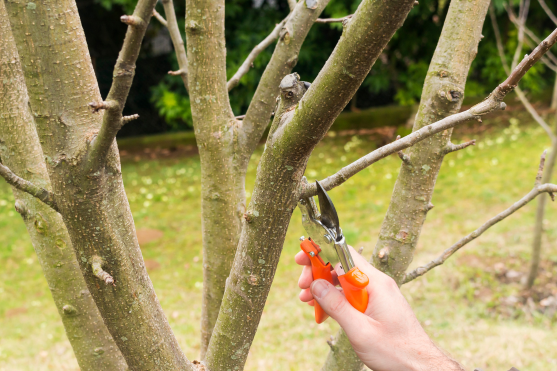As the vibrant colors of fall begin to fade, many homeowners assume it’s time to hang up their garden tools until spring. But here’s a little-known secret: winter is one of the best times of year to prune.
When trees and shrubs go dormant, their energy shifts from growing leaves to strengthening their root systems. This rest period offers the perfect opportunity to shape, rejuvenate, and encourage healthier growth for the coming season.
Why Winter Pruning Works Wonders
Less Stress, More Success – With no active growth, plants recover more easily from pruning cuts.
Better Visibility – Bare branches reveal each plant’s natural form, making it easier to identify weak, crossing, or overcrowded limbs.
Disease Prevention – Many common pests and pathogens are inactive in winter, reducing the risk of infection or spread.
Encourages Spring Growth – Properly timed winter pruning stimulates vigorous new shoots once temperatures warm up.
What to Focus On
Our horticulture experts often target deciduous trees and shrubs—removing deadwood, improving structure, and managing size before spring growth begins. However, not all plants should be pruned in winter. Early-blooming shrubs like azaleas, lilacs, and hydrangeas set their buds the previous year and are best pruned after flowering.
The Takeaway
Pruning is both an art and a science—and timing makes all the difference. A winter prune done right sets the stage for a lush, balanced, and beautiful landscape when spring arrives. Have questions about your landscape ? Email us!




